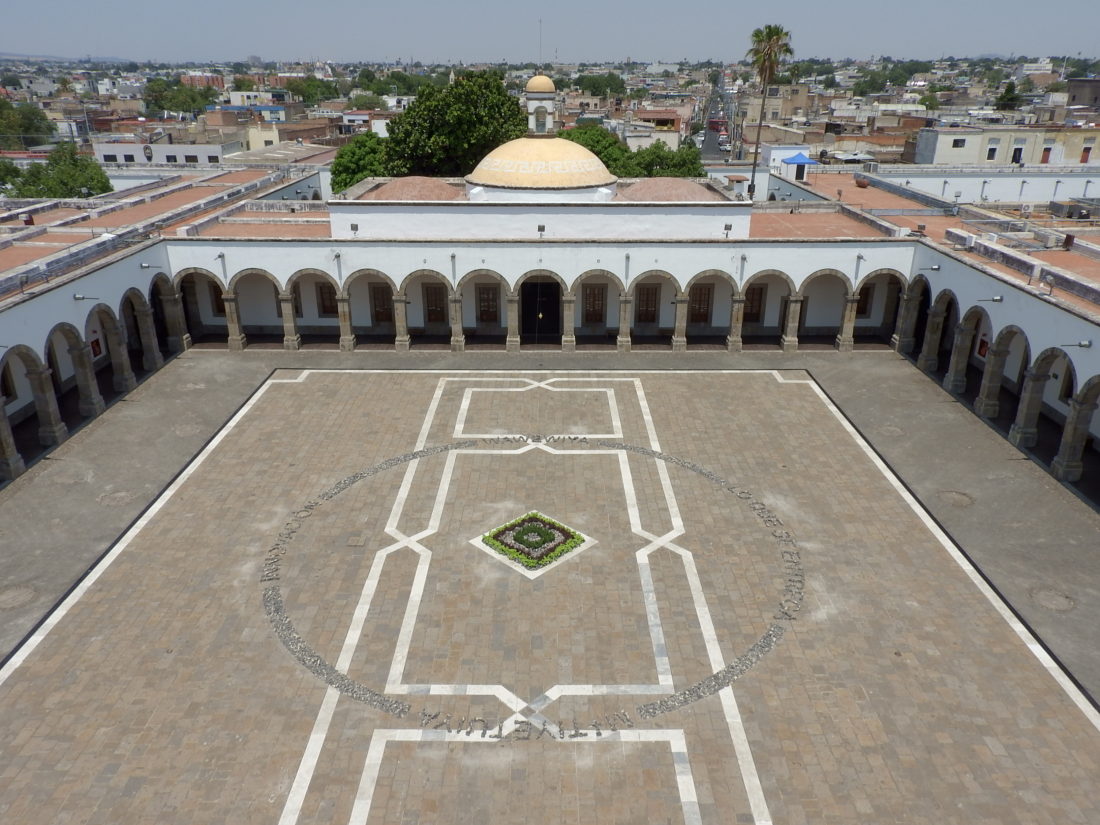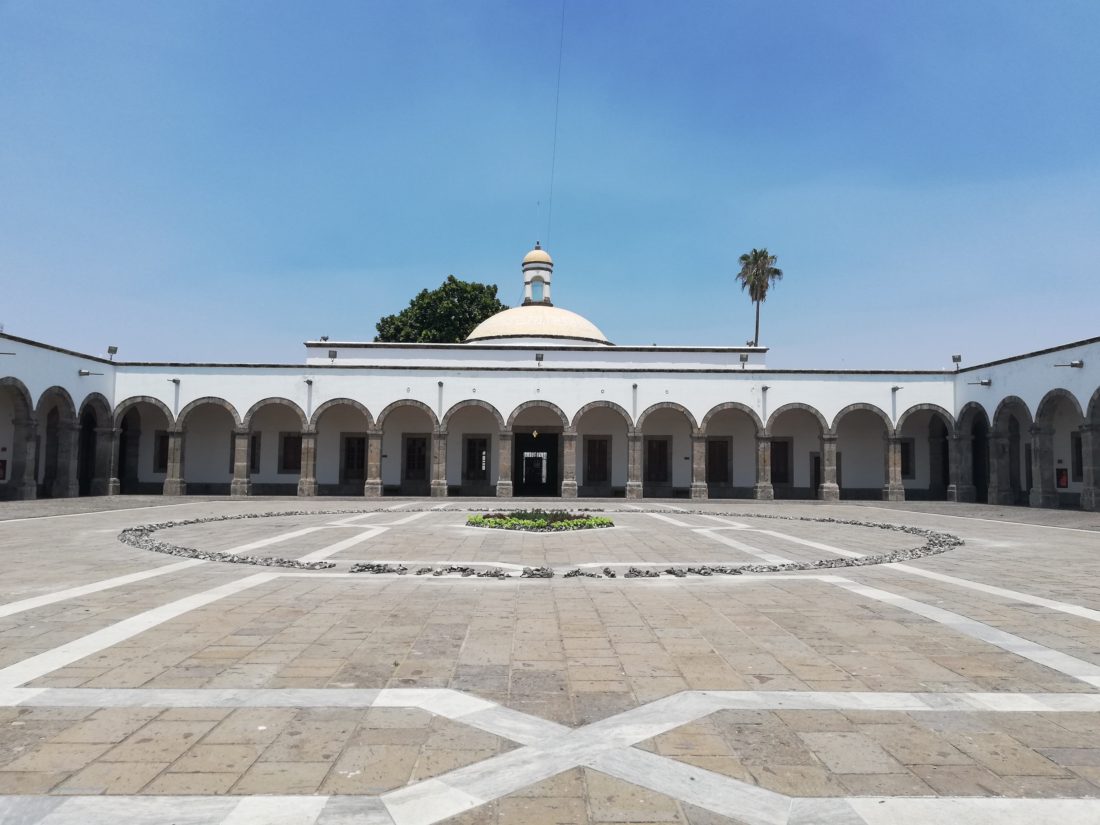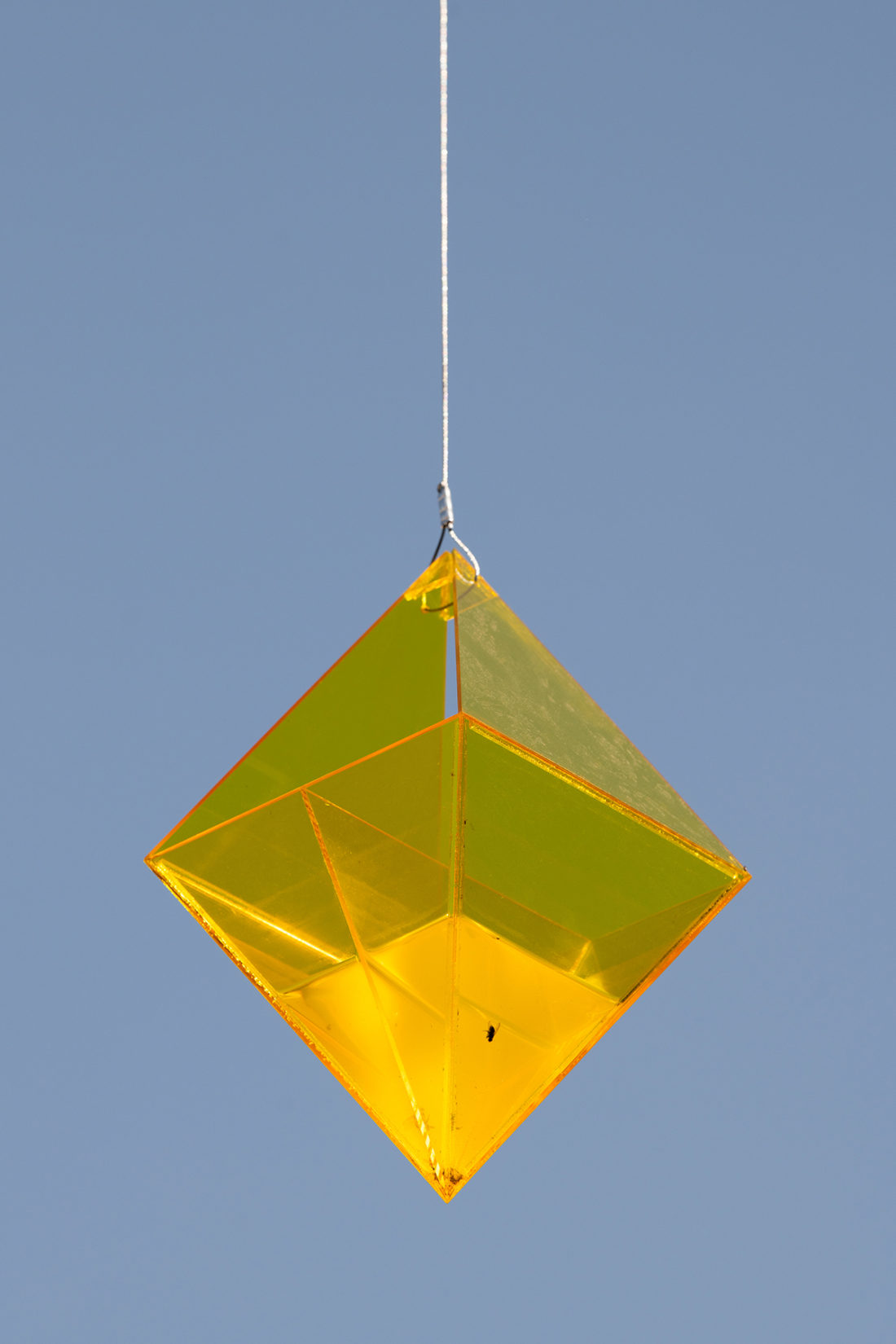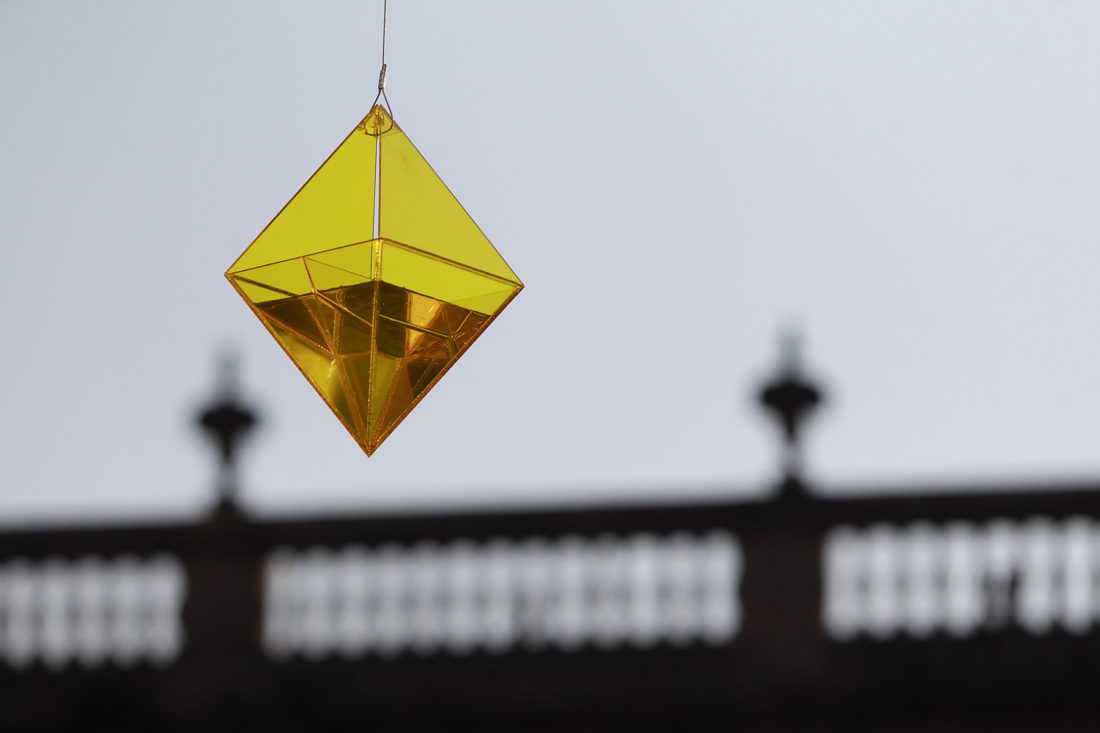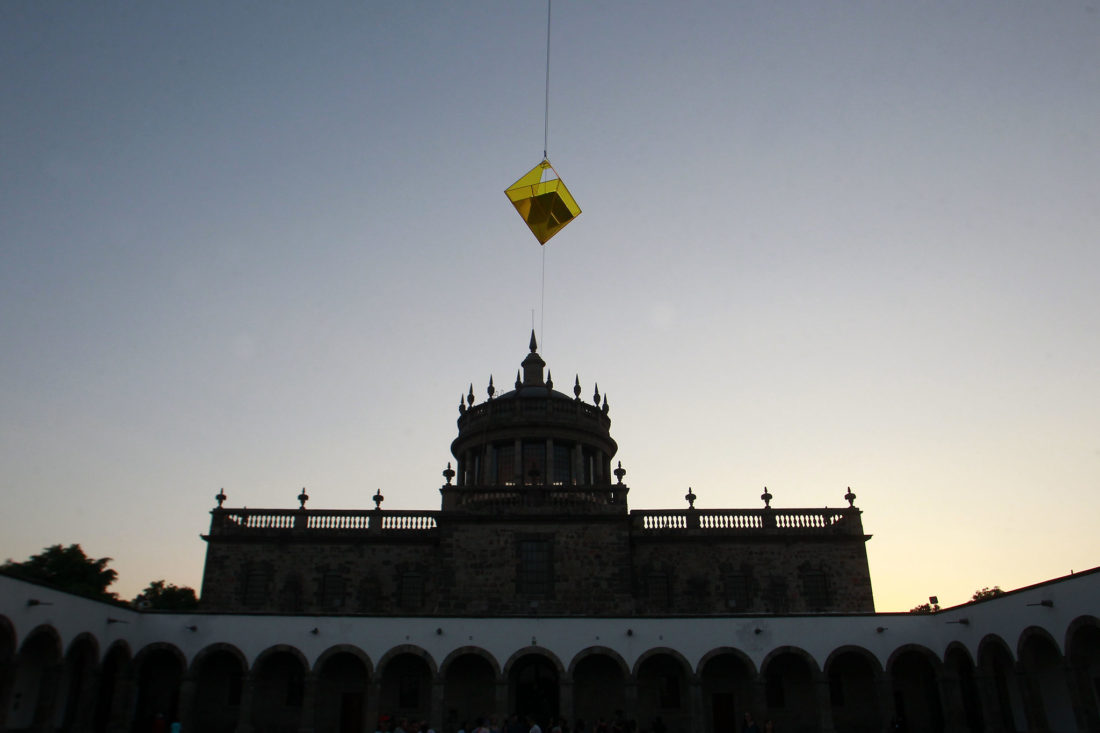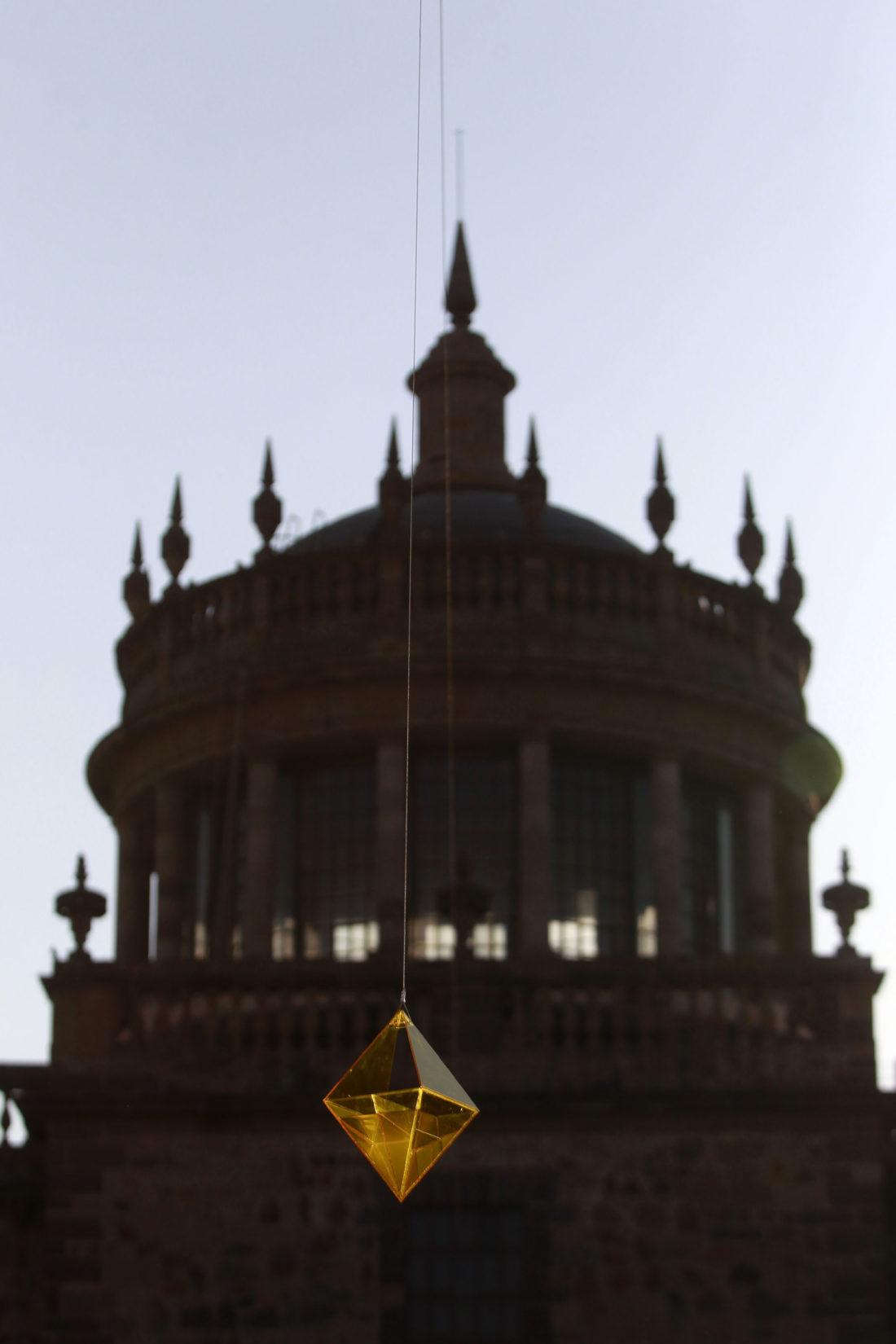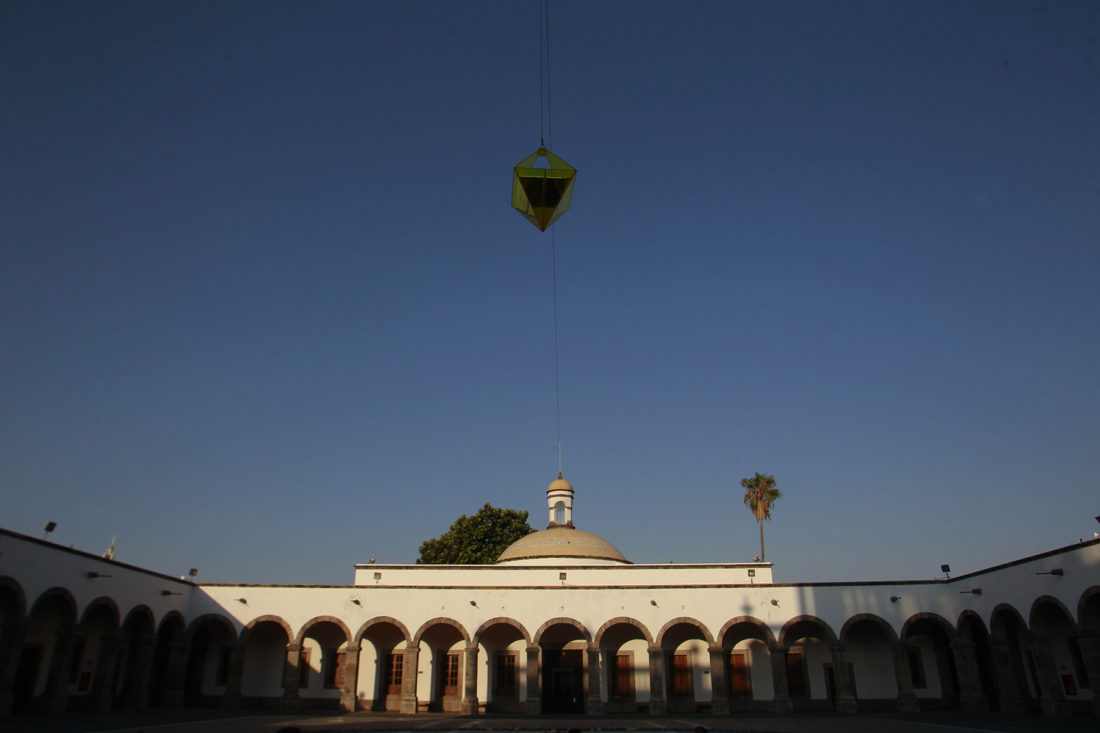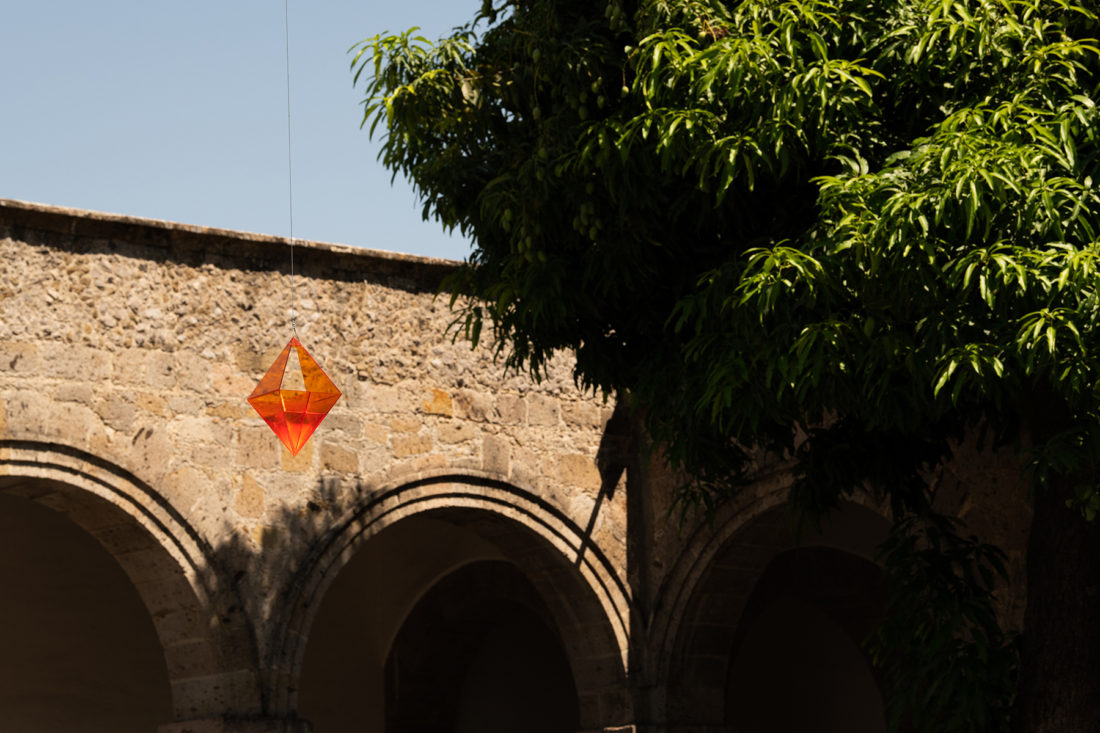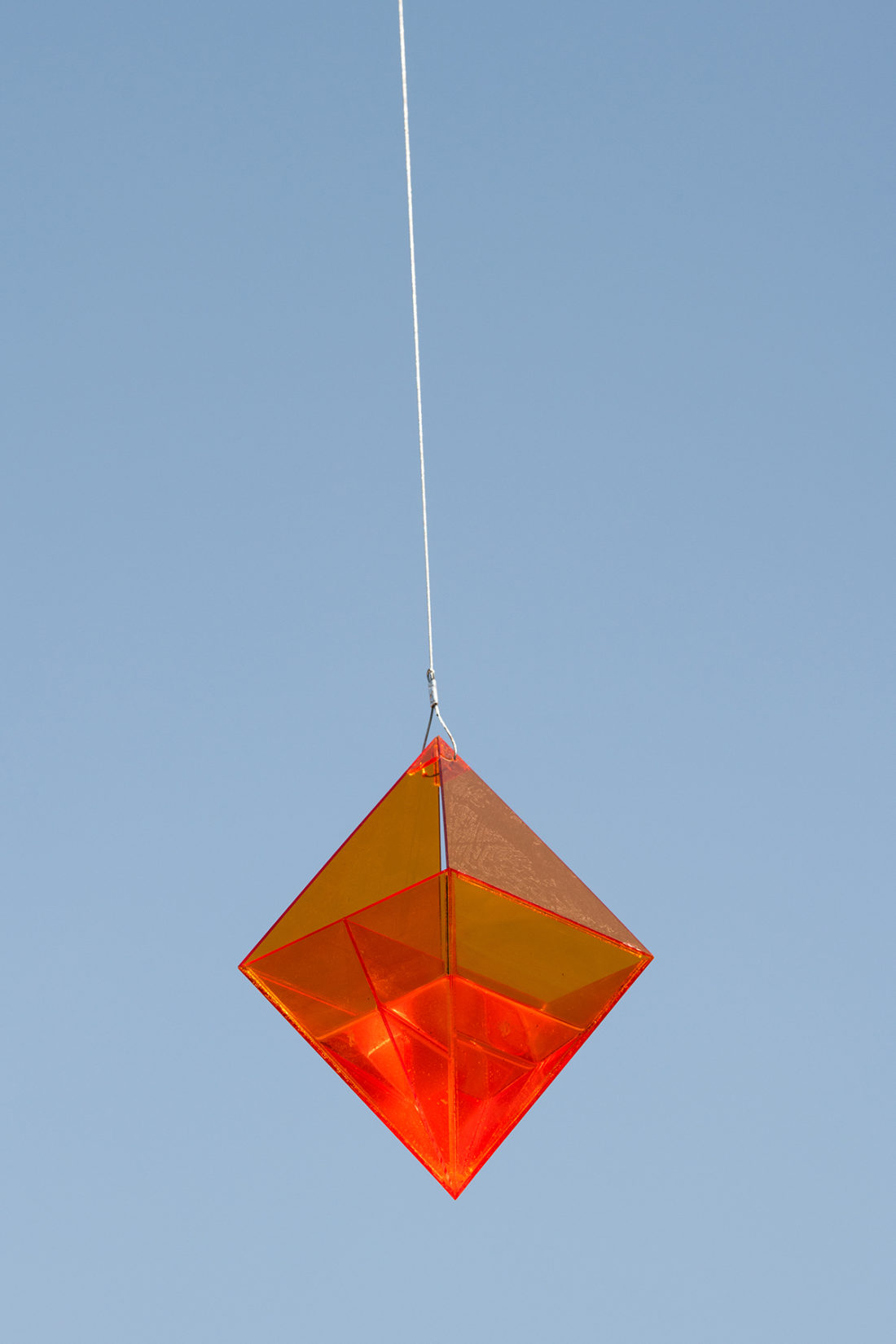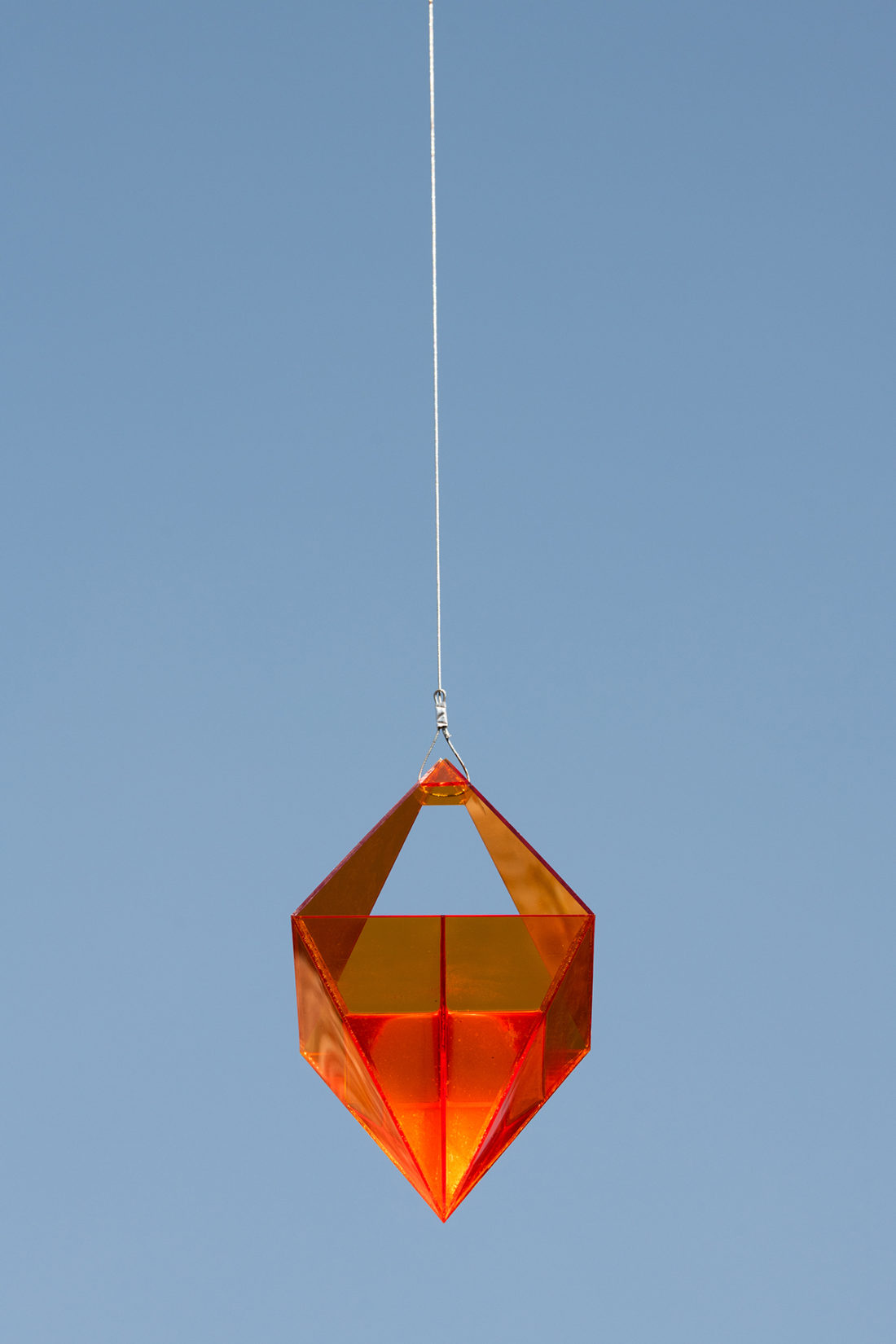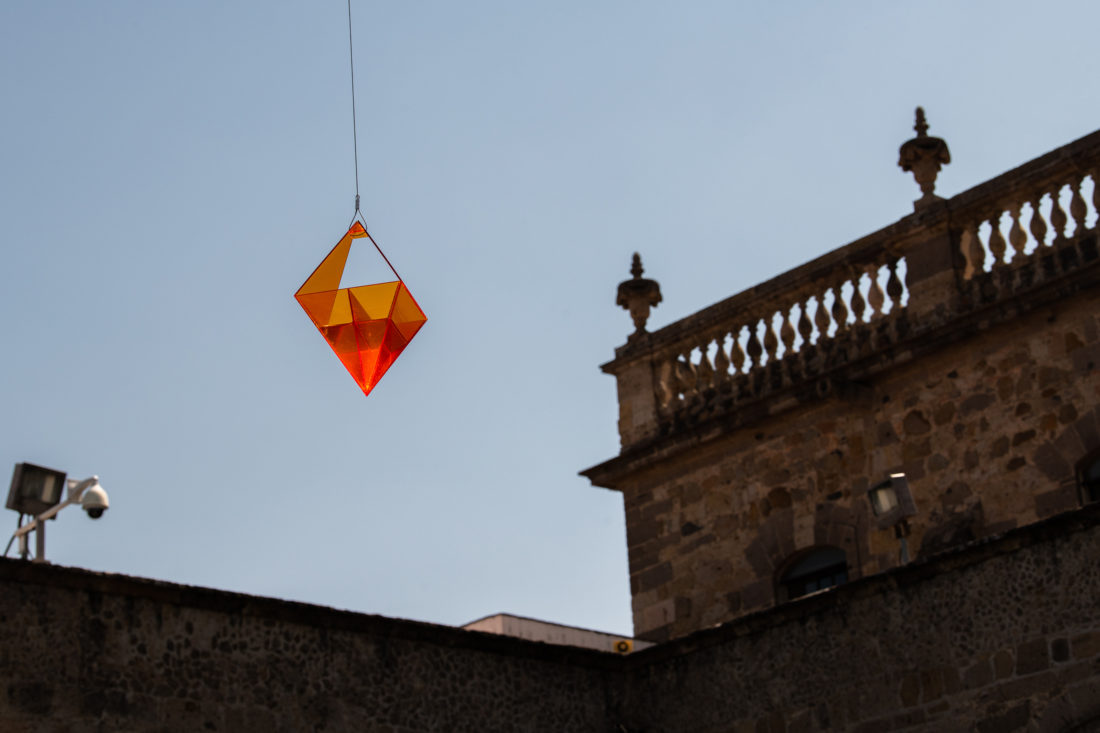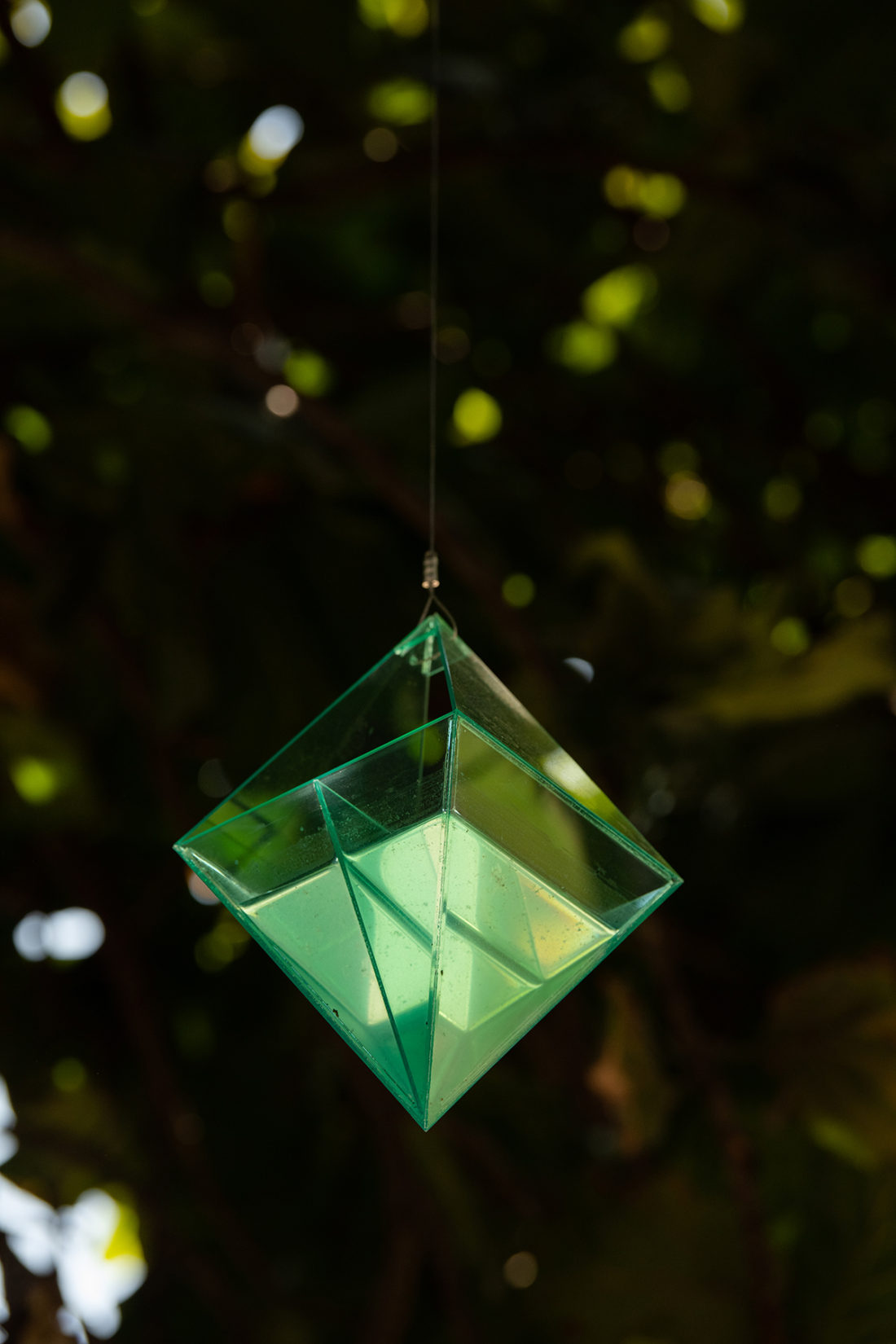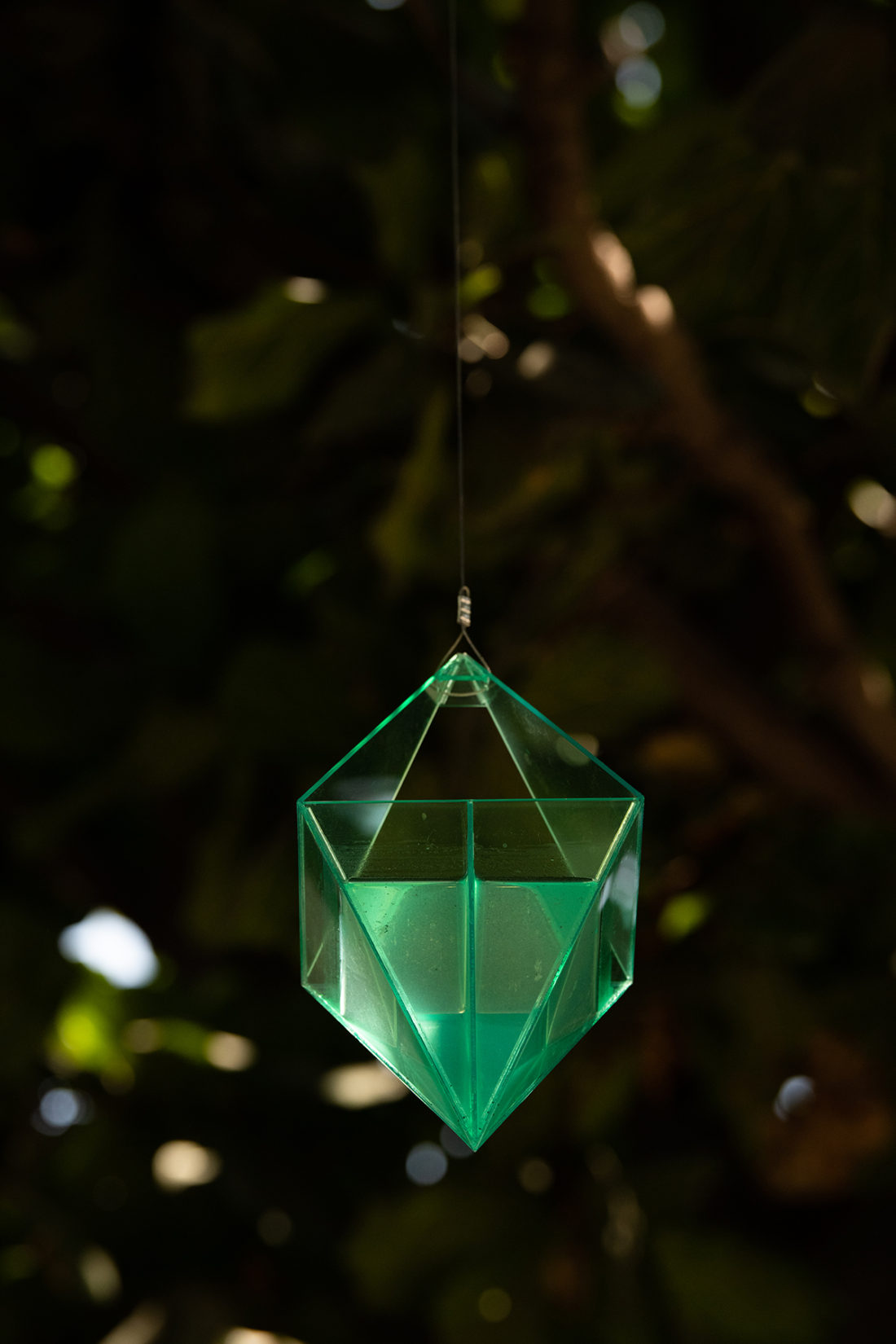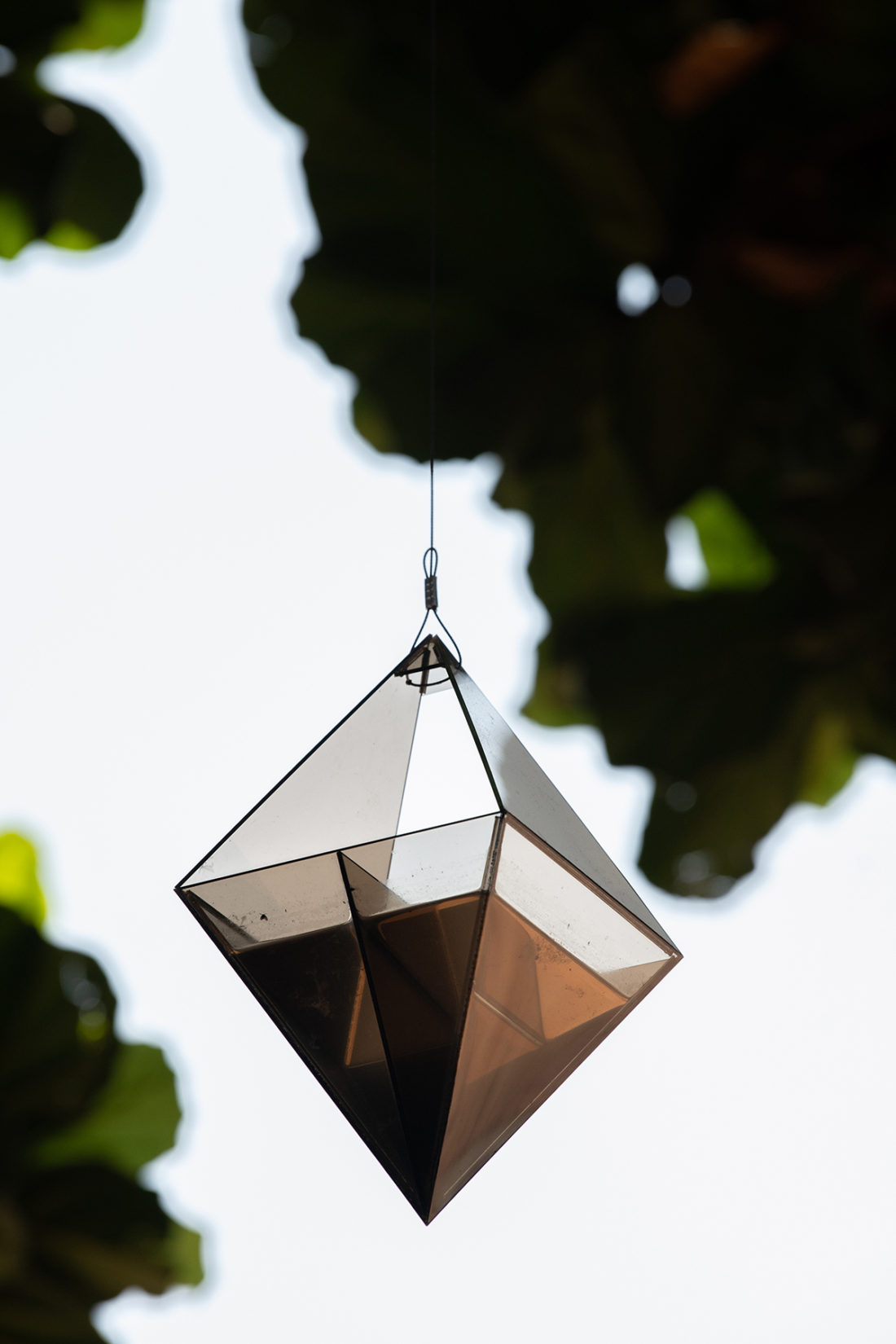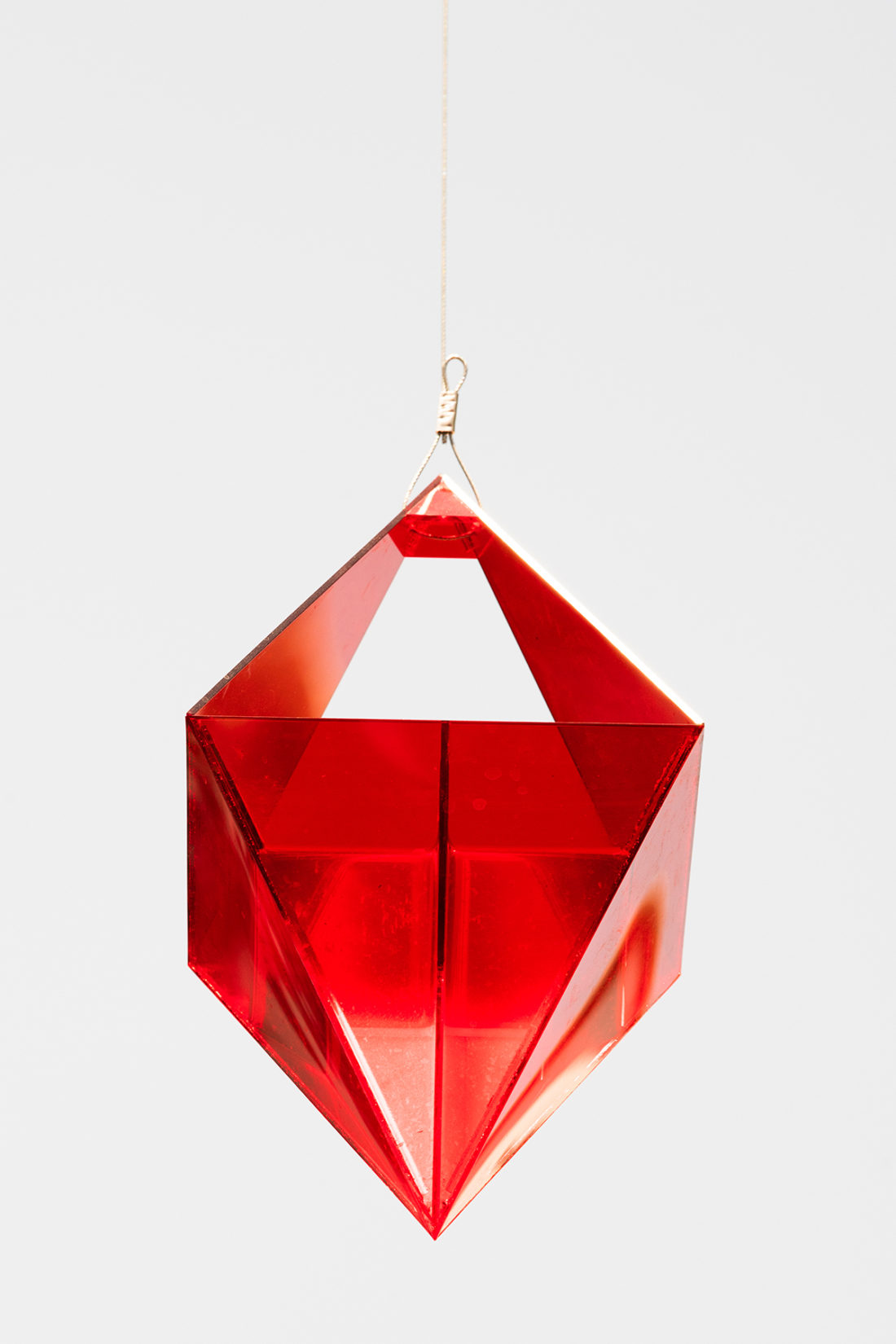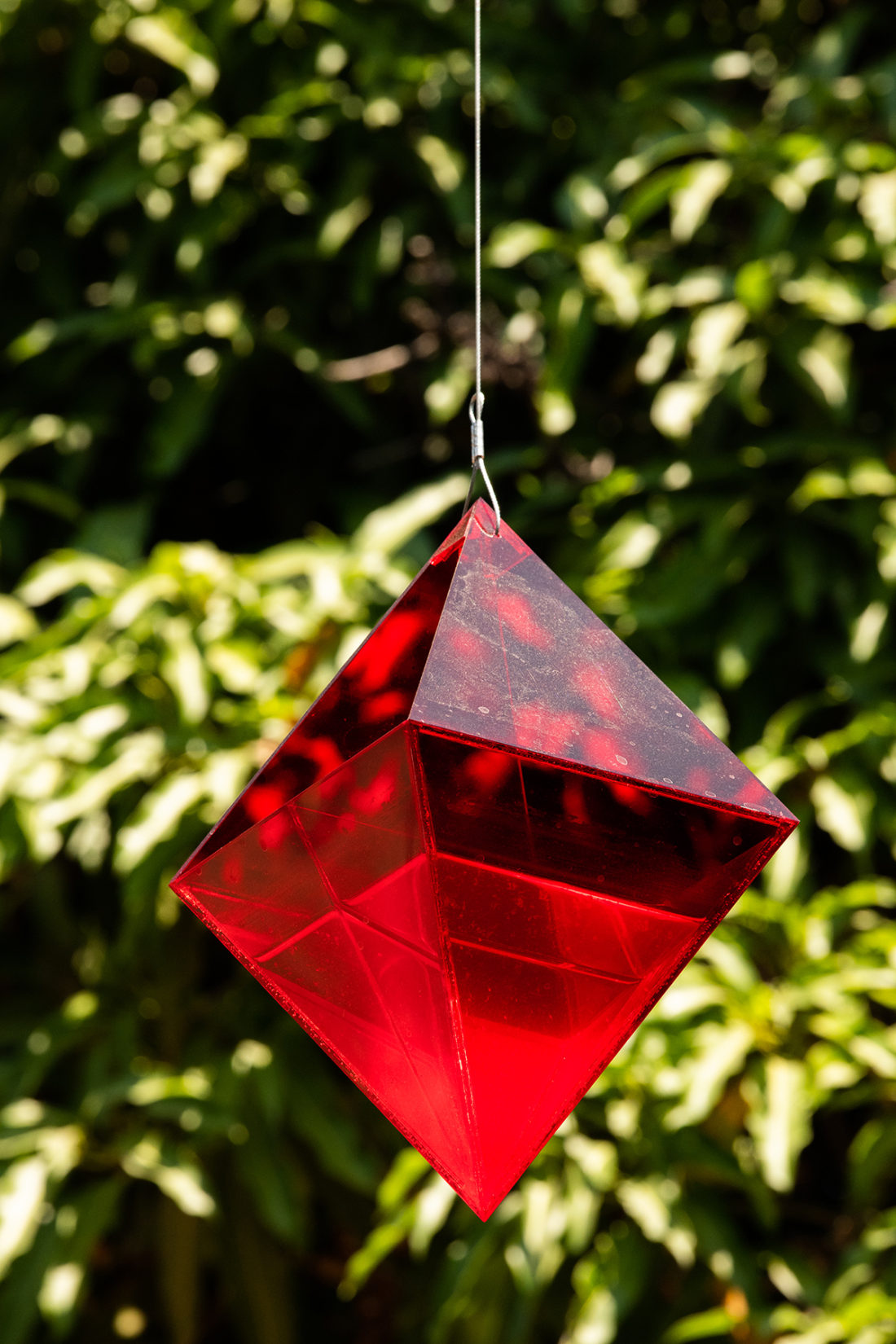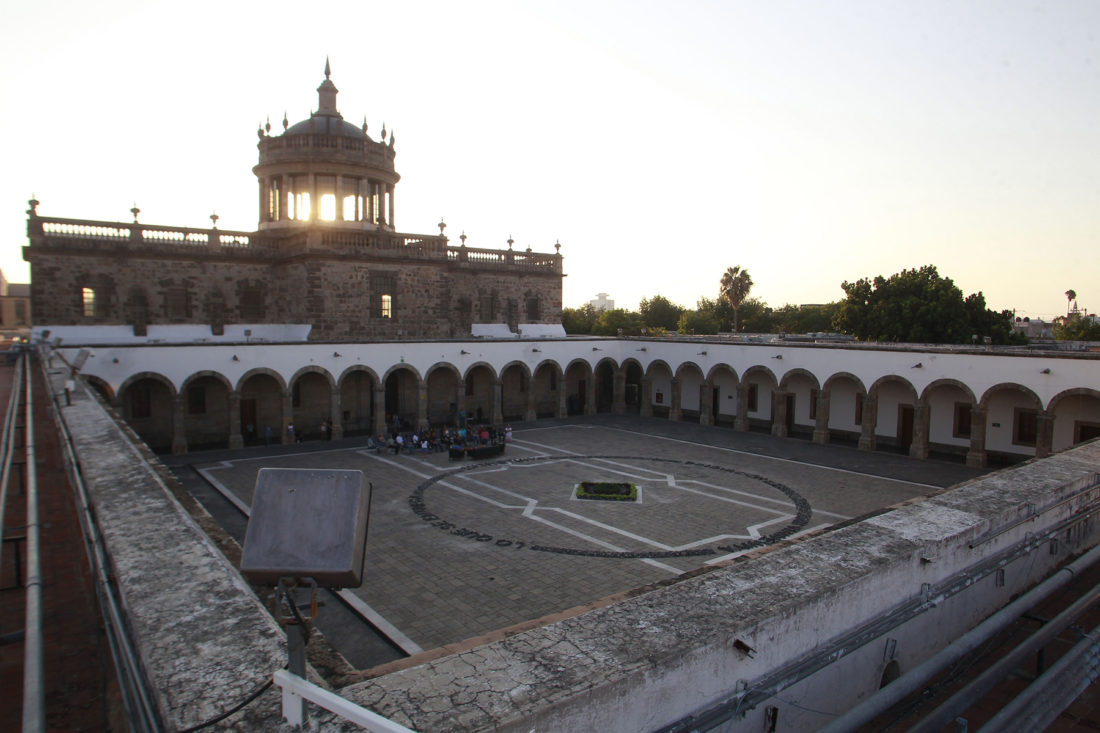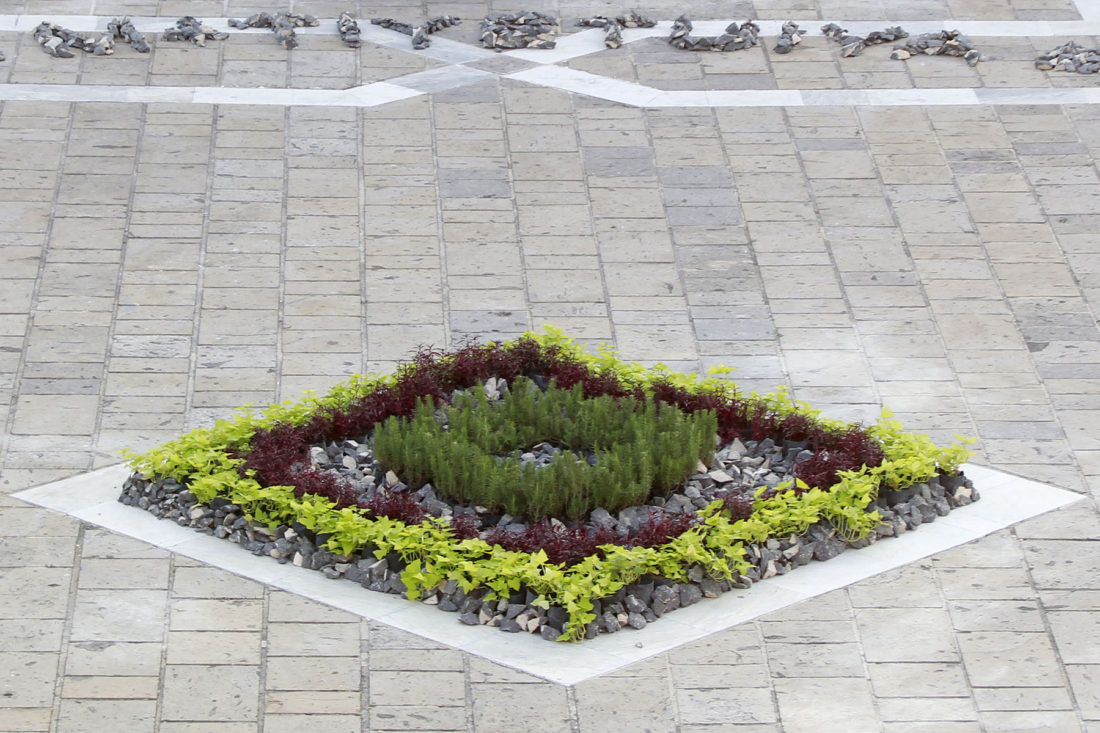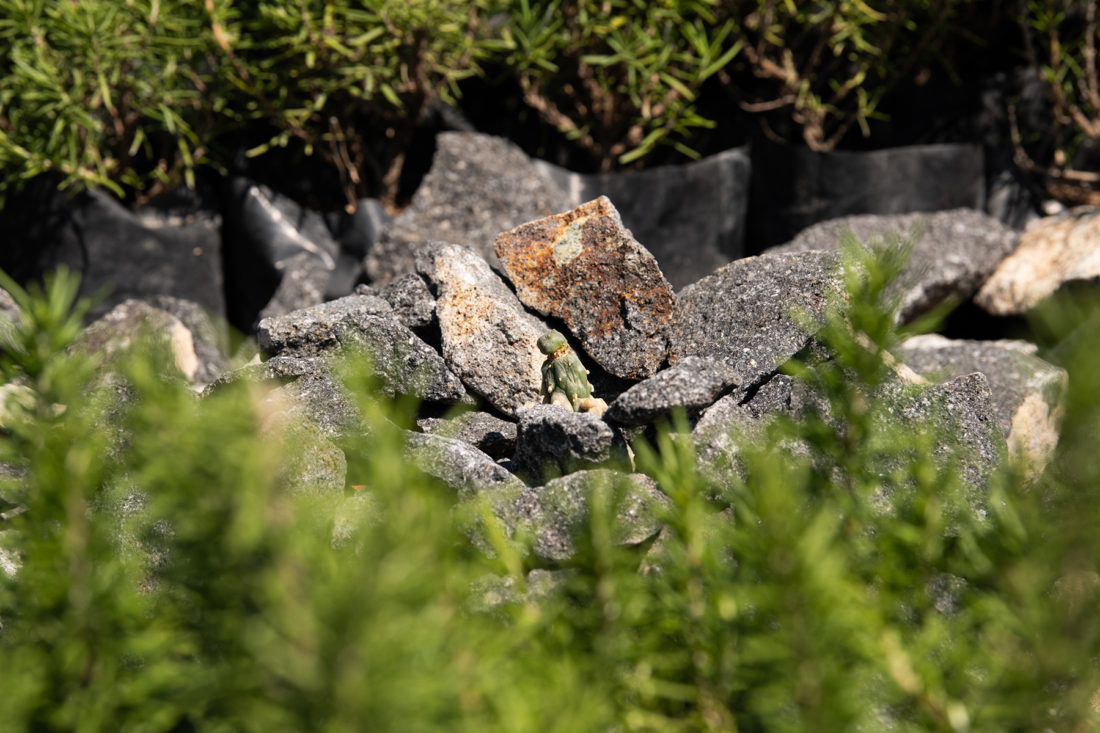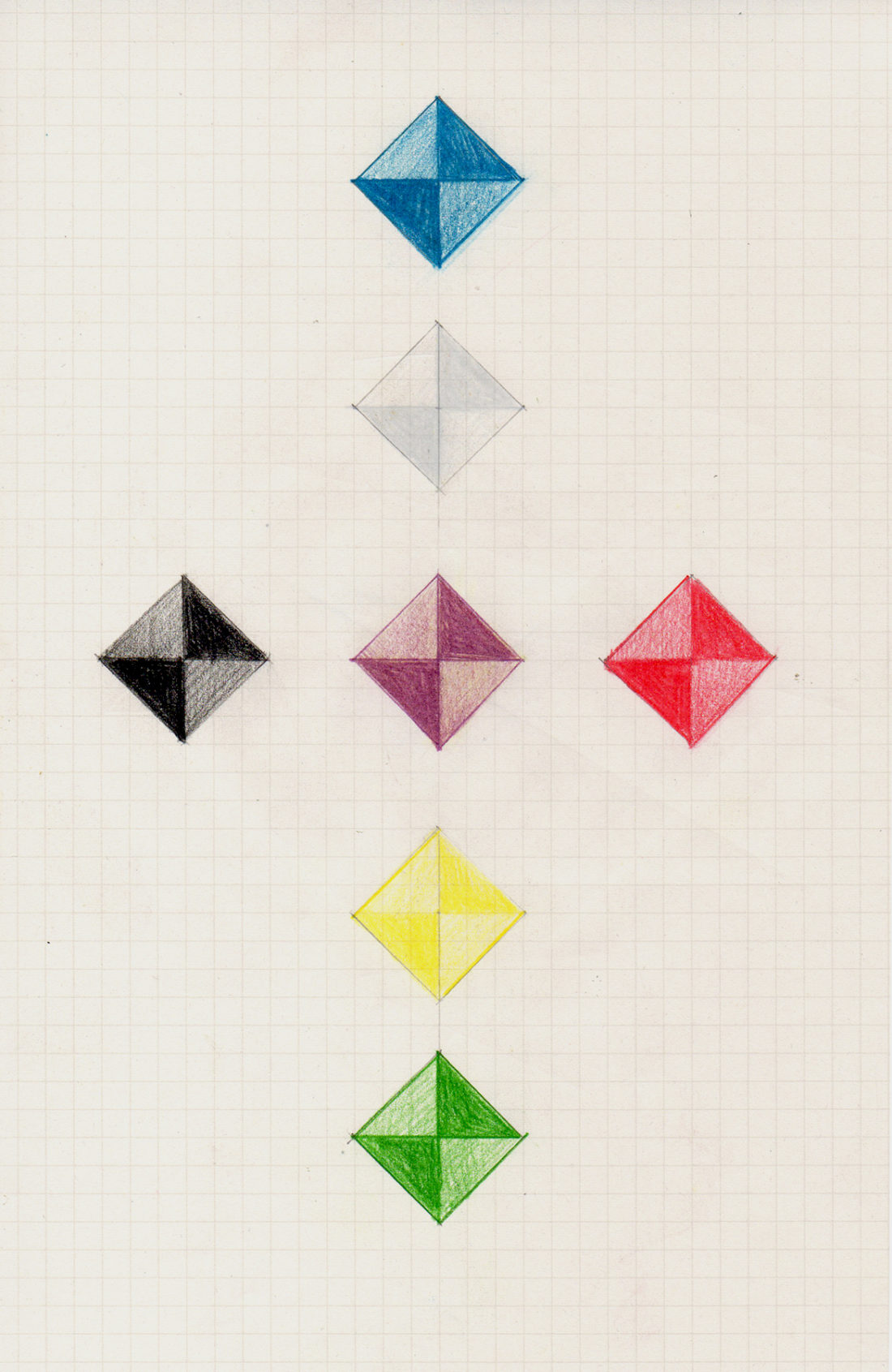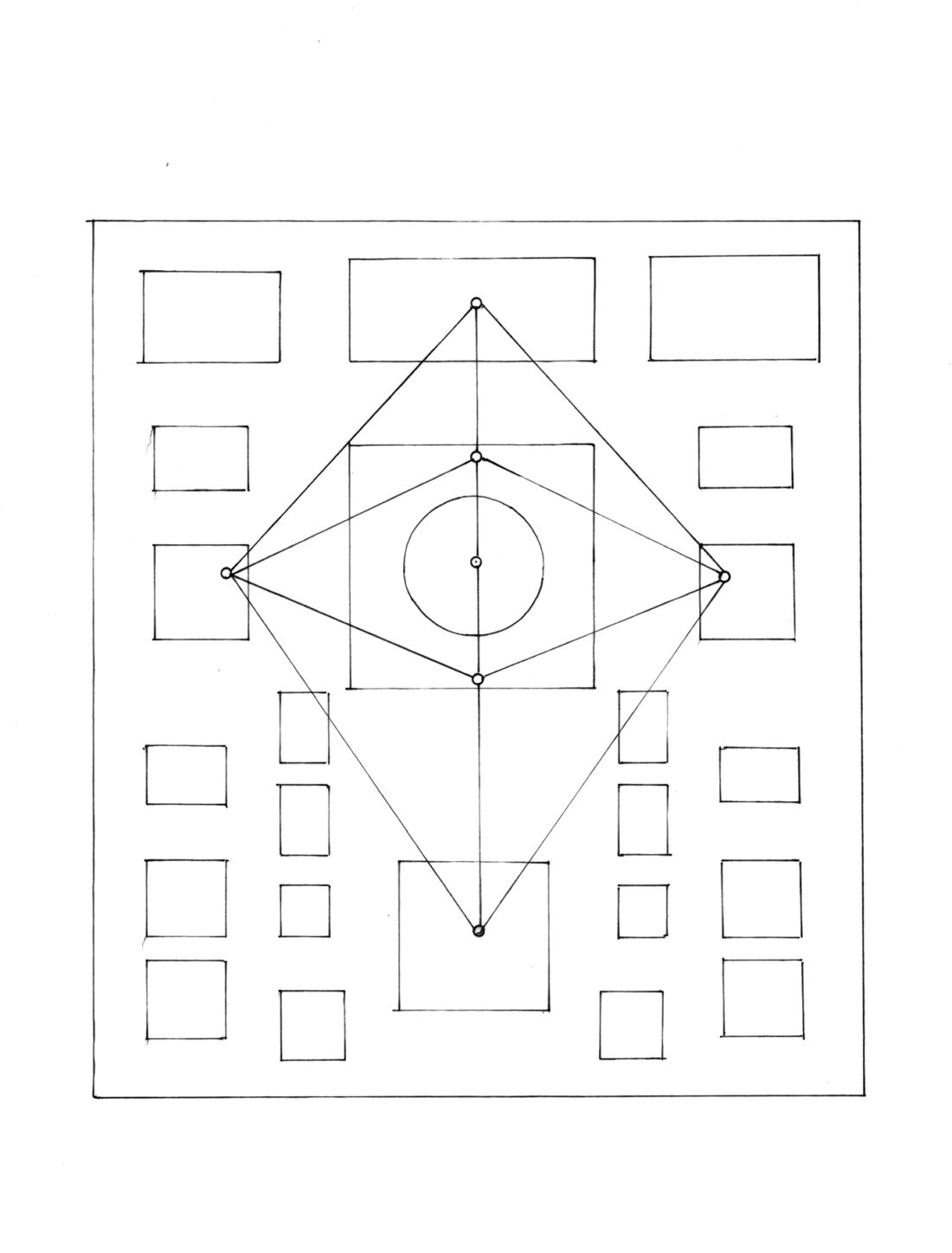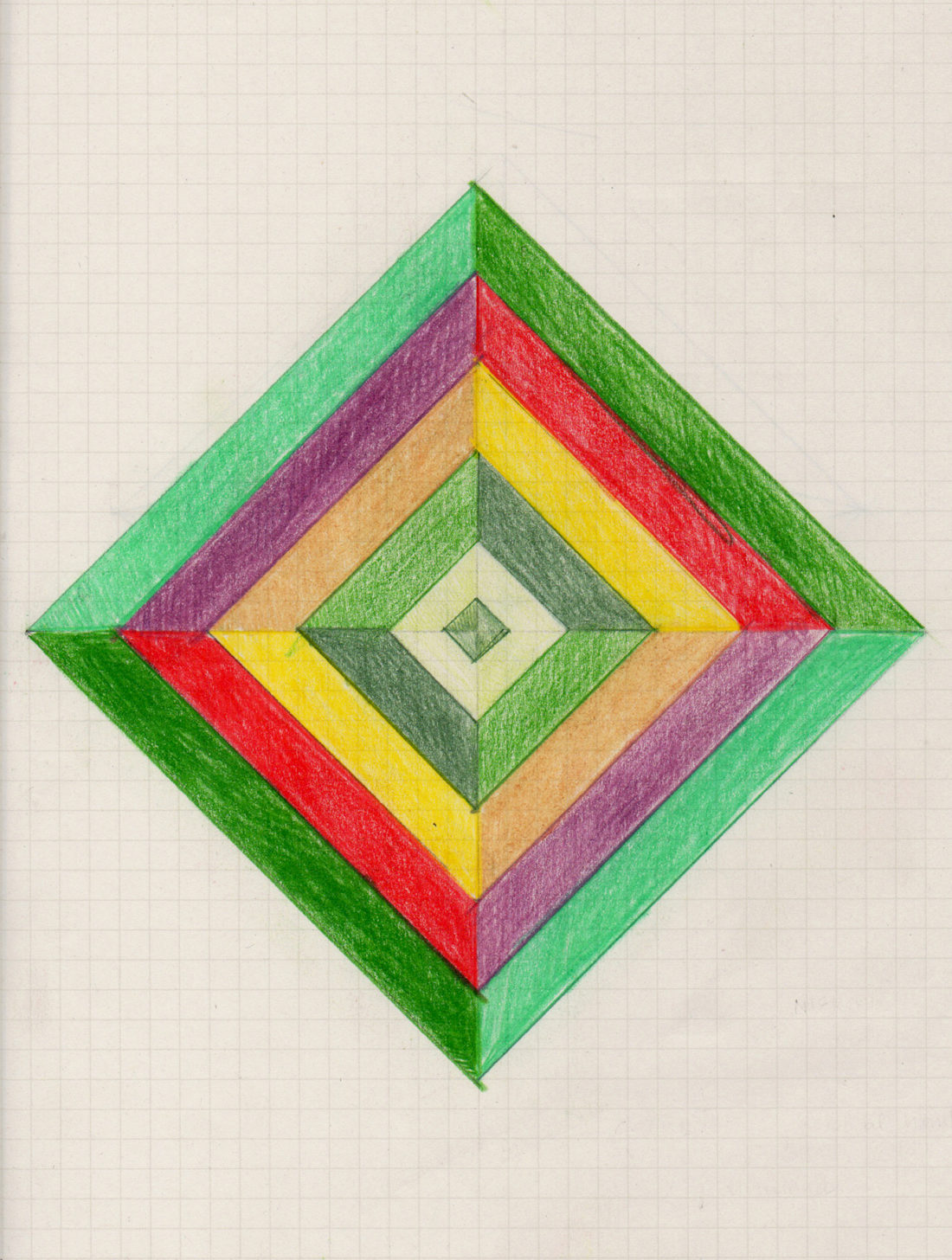M+tiyetuiya | What is given | Lo que se entrega
As part of the theme Museums as cultural axes: the future of traditions chosen by the International Council of Museums (ICOM) to celebrate the International Day of Museums on May 18 of 2019, Isa Carrillo and Adrián Guerrero worked together to create an intervention in the central courtyard of Museo Cabañas.
In response, the artists alluded to the International Year of Indigenous Languages, particularly to the most spoken one in Jalisco: wixárika. The starting point of the collaboration was established by reflecting on the meaning of tradition and by merging two basic subjects from their artistic work, philosophy and esoterism, considering that the first subject area aims to answer to the concept of reality, while the second one is focused on what is hidden behind the apparent reality.
On one side, Adrián Guerrero created a circle formed with volcanic rocks with which he wrote the phrases “what is given-innovation”, making this a sort of reflection of the cycle of tradition, which in his opinion is what a society passes on in its history and that at one point was something new. Guerrero suggests that every tradition was once an innovation.
Likewise, Carrillo carried out her intervention in two parts: the first one was a tribute to the hikuri, a sacred plant for the wixárika culture. To symbolize the shape of the “Eye of God” different species of plants were arranged inside the volcanic rock circle. The hikuri was placed at the center point, as a mythical wixárica portal that allows communication between man and the gods. In a panoramic way, the line represented the ideogram of the sun: a circle that symbolizes the life cycle and the order of the universe, at the center of which is life, the beginning.
The second part consisted of the arrangement of six water dispensers for the bird community of the museum, distributed geometrically on the courtyards of the museum. As a reminiscence of the “Eye of God”, the rhomboid design is a reminder to the pilgrim of the four cardinal points, as well as the up and down. The octahedron formed by the water dispensers has different connotations in occultism. It represents fire, the fundamental, the heart, it increases the energy, it helps the spirits to pass into the light by opening energetic portals and it encourages the reception of information through messages. From this point, the human being is the portal, contains the portal towards which the future is projected.
M+tiyetuiya / Lo que se entrega
Como parte del tema “Los museos como ejes culturales: el futuro de las tradiciones”, elegido por el Consejo Internacional de Museos (ICOM) para celebrar el Día Internacional de los Museos el 18 de mayo de 2019, Isa Carrillo y Adrián Guerrero colaboraron para realizar una intervención en el Patio Mayor del Museo Cabañas.
En respuesta a esto, los artistas hicieron referencia al Año Internacional de las Lenguas Indígenas, en particular a la lengua con más presencia en Jalisco, la wixárika. Mediante una reflexión sobre el significado de “tradición” y conjugando dos temas básicos de las prácticas artísticas de ambos, filosofía y esoterismo, se determinó el punto de partida de la colaboración, entendiendo que la primera disciplina trata de responder al concepto de realidad, mientras que la segunda se enfoca en lo que se encuentra oculto detrás de dicha aparente realidad.
Por una parte, Adrián Guerrero realizó un círculo de rocas volcánicas con las que escribió las frases “lo que se entrega-innovación”, haciendo con esto una suerte de reflejo del ciclo de la tradición, que a su entender es lo que deja una sociedad en su historia y que en algún momento fue algo nuevo. Guerrero propone que toda tradición fue una innovación.
A su vez, Carrillo llevó a cabo su intervención en dos partes: la primera fue una homenaje al hikuri, planta sagrada para la cultura wixárika. Para simbolizar la forma del “Ojo de Dios” se dispusieron distintas especies de plantas dentro del círculo de roca volcánica. En el punto central se colocó al hikuri, portal mítico Wixárica que permite la comunicación del hombre con los dioses. De manera panorámica, el trazo representaba el ideograma del sol: un círculo que simboliza el ciclo de la vida y el orden del mundo, en cuyo centro está la vida, el inicio.
La segunda parte consistió en la colocación de seis bebederos para la comunidad de aves del museo, distribuidos en los patios del museo de manera geométrica. A manera de evocación del “Ojo de Dios”, el diseño romboidal es un recordatorio para el peregrino de los cuatro puntos cardinales, así como el arriba y el abajo. El octaedro formado en cada uno de los bebederos tiene distintas connotaciones en el ocultismo. Representa el fuego, lo primordial, el corazón, incrementa la energía, ayuda a que los seres descarnados pasen a la luz abriendo portales energéticos y favorece la recepción de información a través de mensajes. Desde este punto el ser humano es el portal, contiene el portal hacia donde el futuro se proyecta.


